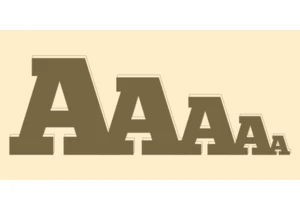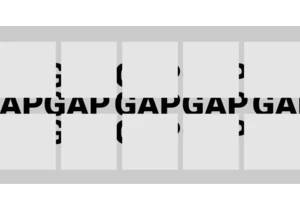There’s a “C” word in web development that we don’t give enough attention to. No, I’m not talking about “continuous integration”, or even “CSS”. The “C” word I’m talking about is “constraints”. Understanding constraints is a vital part of building software that works the best it can in its targeted environment(s). Yet, the difficulty of that task varies based on the systems we develop for. Super Nintendo games were the flavor of the decade when I was younger, … Read article “Recognizing Constraints”
The post Recognizing Constraints appeared first on CSS-Tricks. You can support CSS-Tricks by being an MVP Supporter.
Inicia sesión para agregar comentarios
Otros mensajes en este grupo.


Layout. It’s one of those easy-to-learn, difficult-to-master things, like they say about playing bass. Not because it’s innately difficult to, say, place two elements next to each other

I was playing around with scroll-driven animations, just searching for all sorts of random things you could do. That’s when I came up with the idea to animate main headings and, using scroll-driven

This is the fourth post in a series about the new CSS shape() function. So far, we’ve covered the most common commands y

Styling the space between layout items — the gap — has typically required some clever workarounds. But a new CSS feature changes all that with just a few simple CSS properties that make it easy, ye

Being the bad boy I am, I don't take Tailwind's default approach to cascade layers as the "best" one. Over a year experimenting with Tailwind and vanilla CSS, I've come across what I believe is a b

